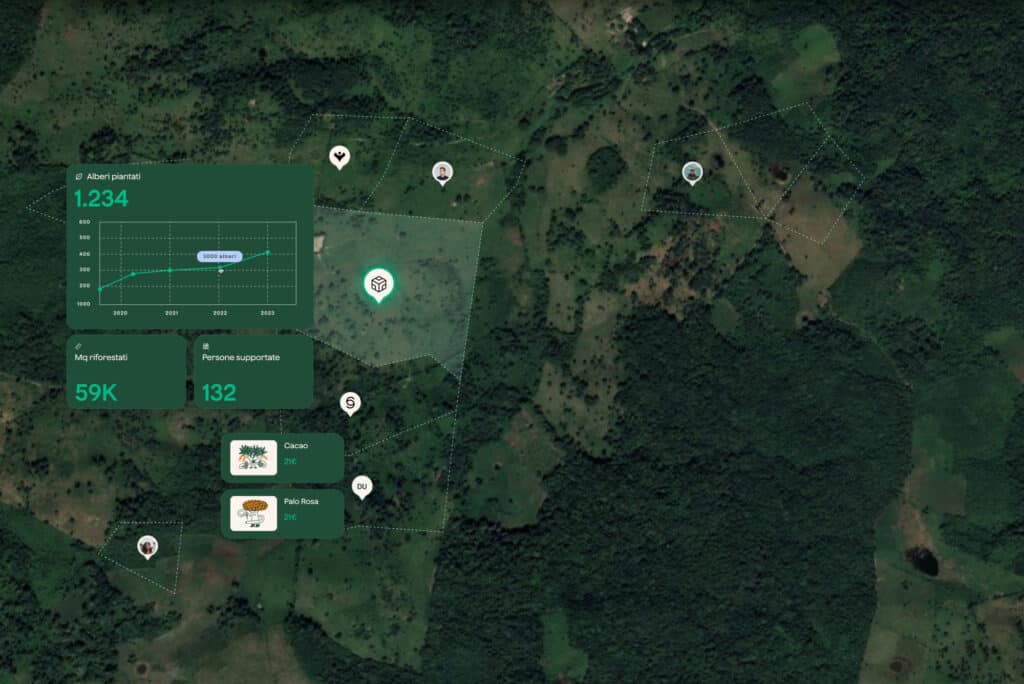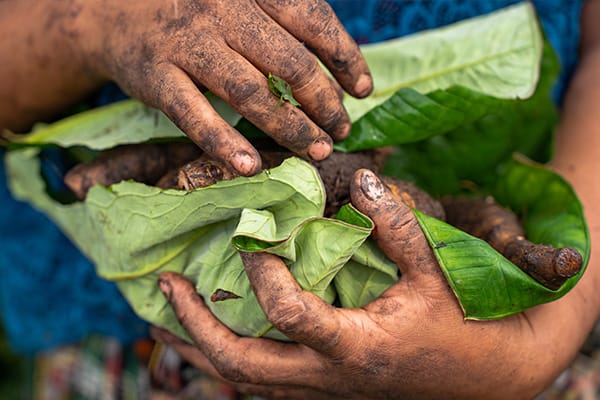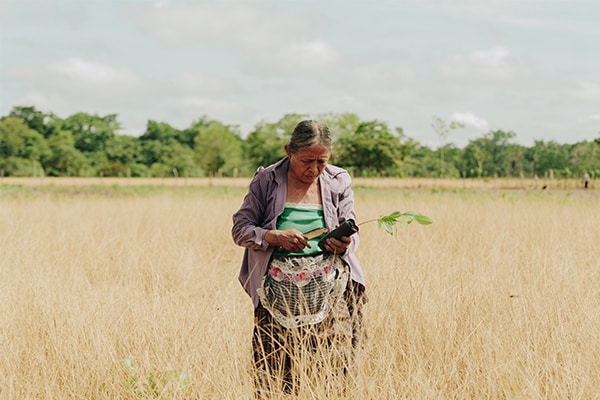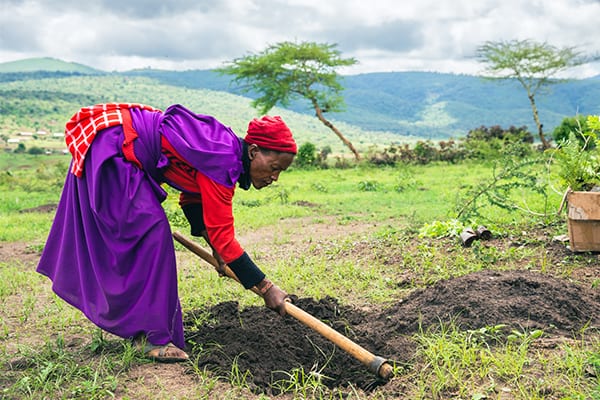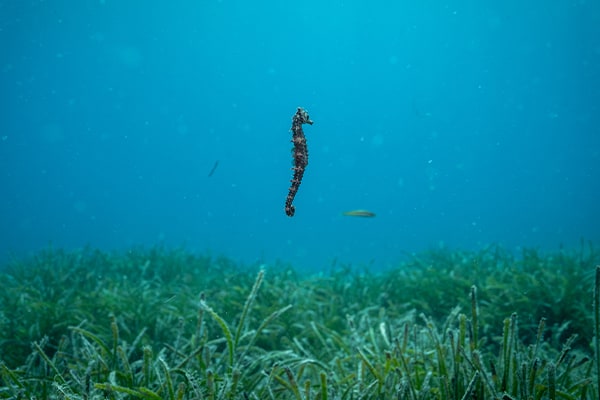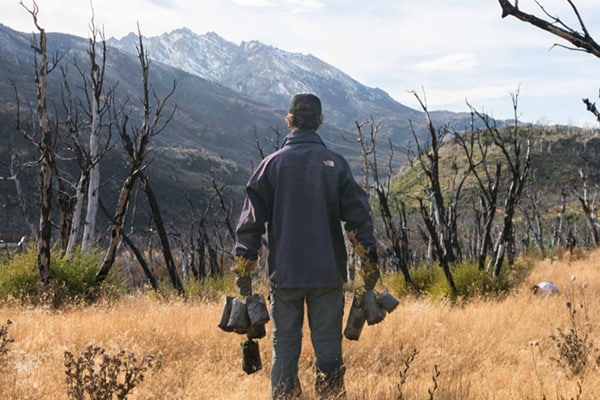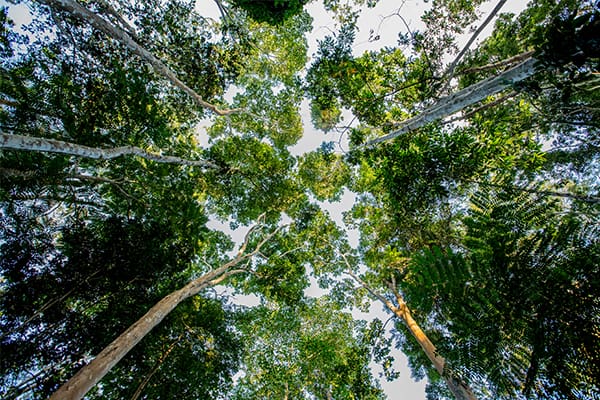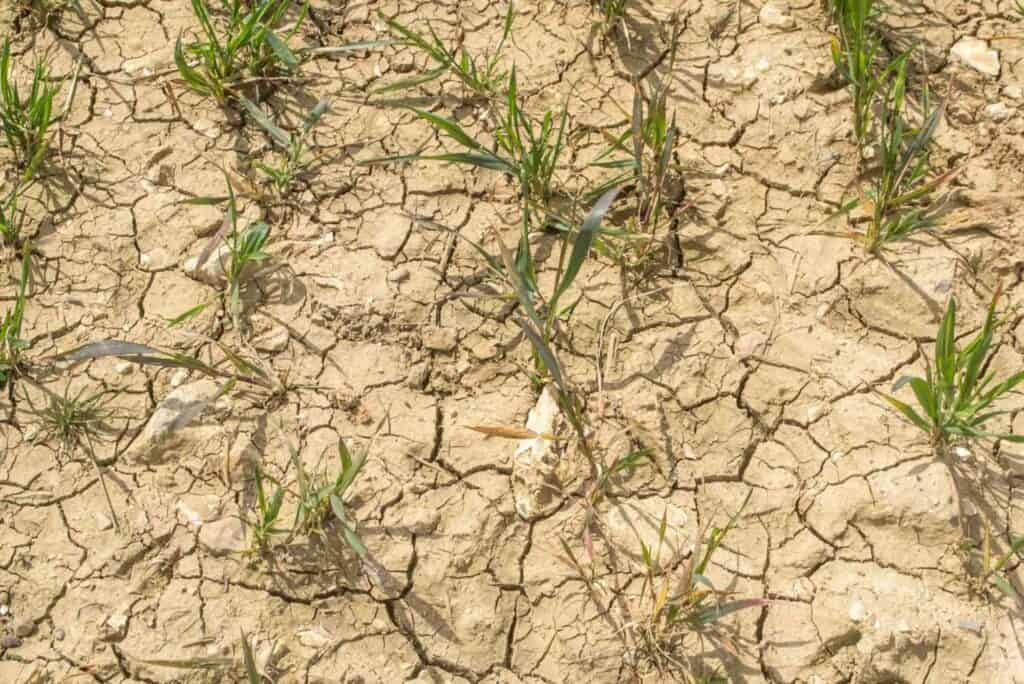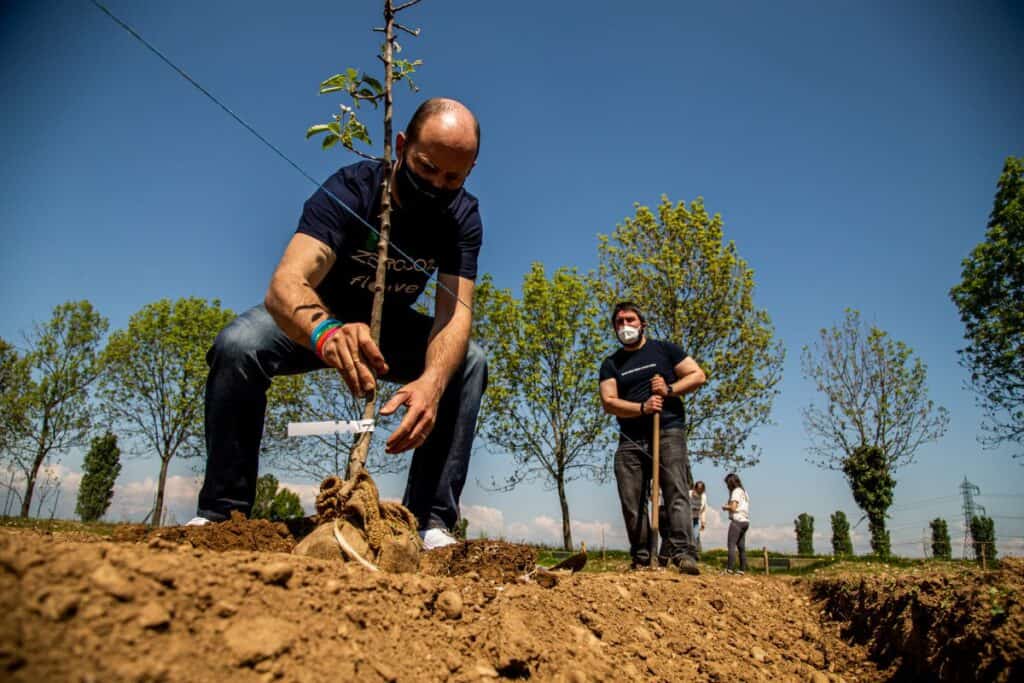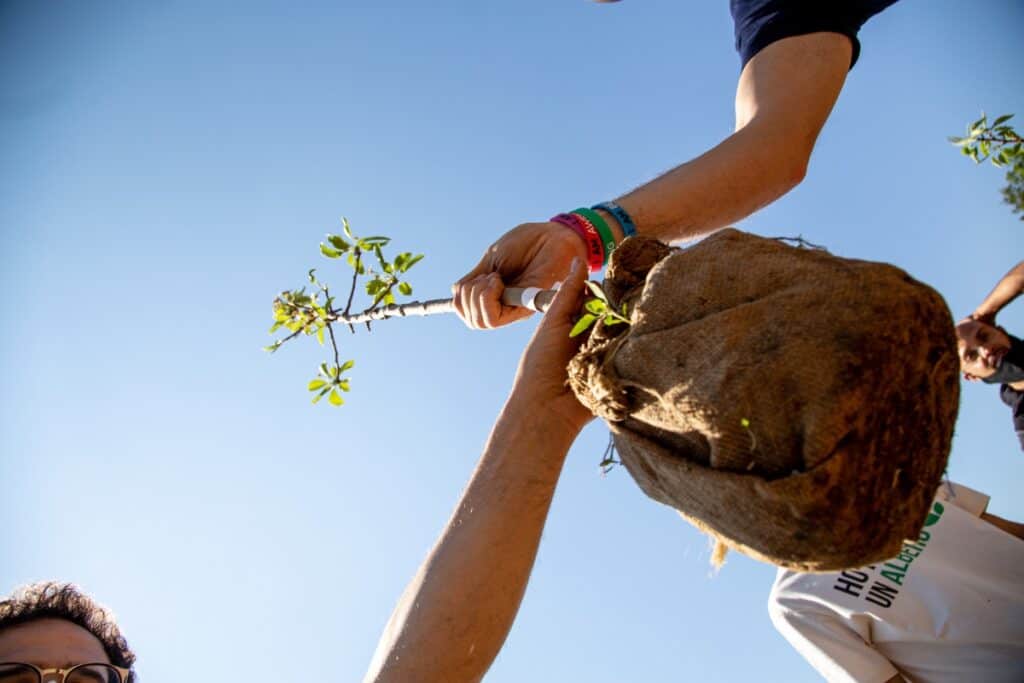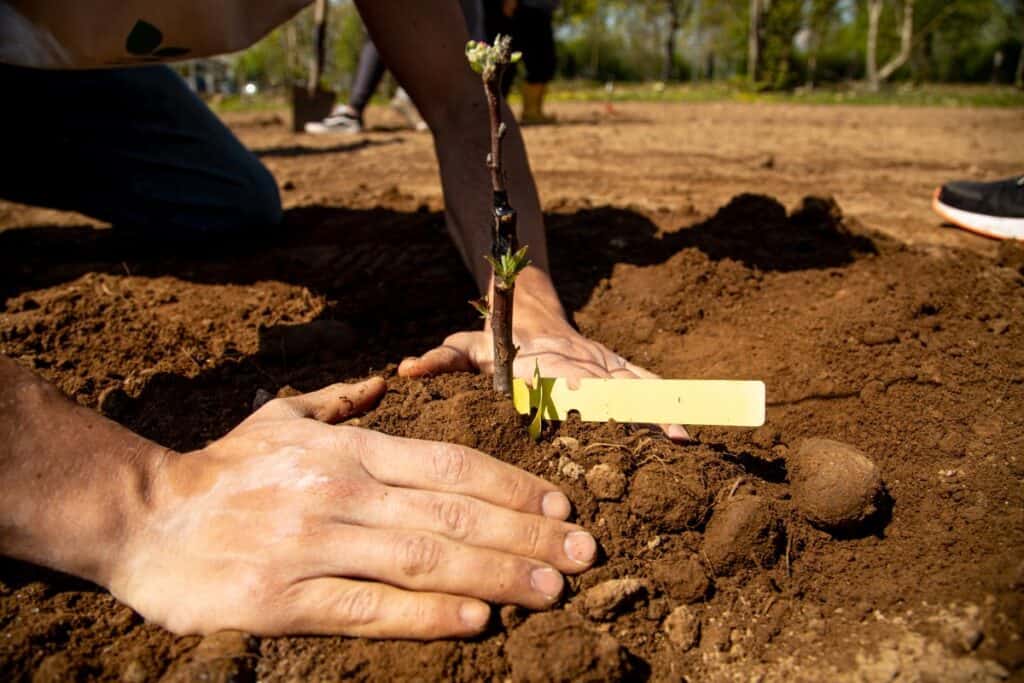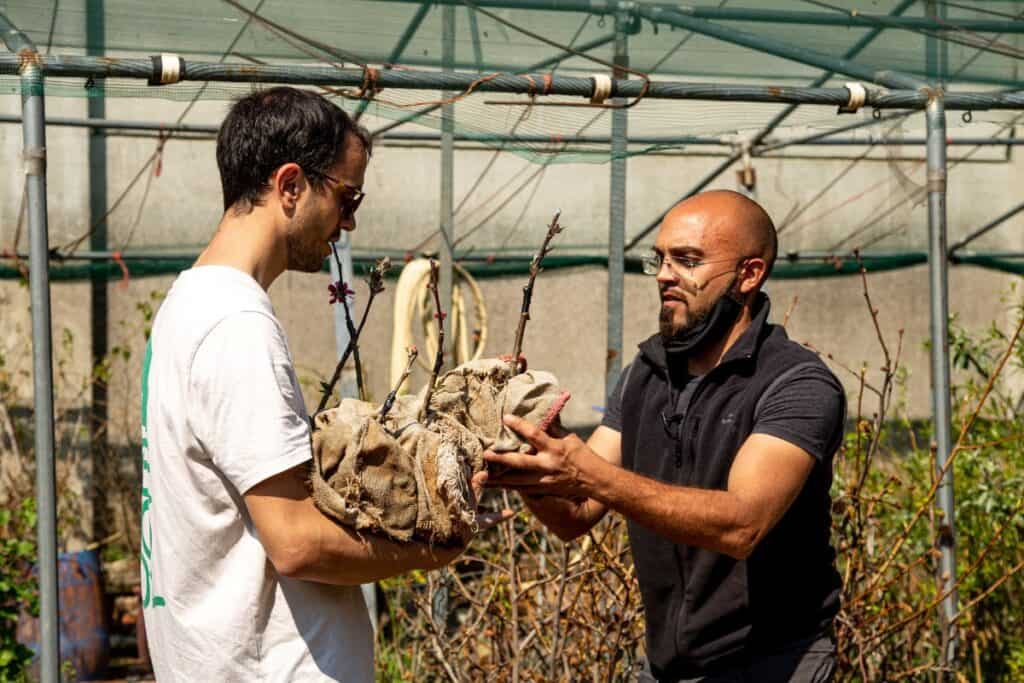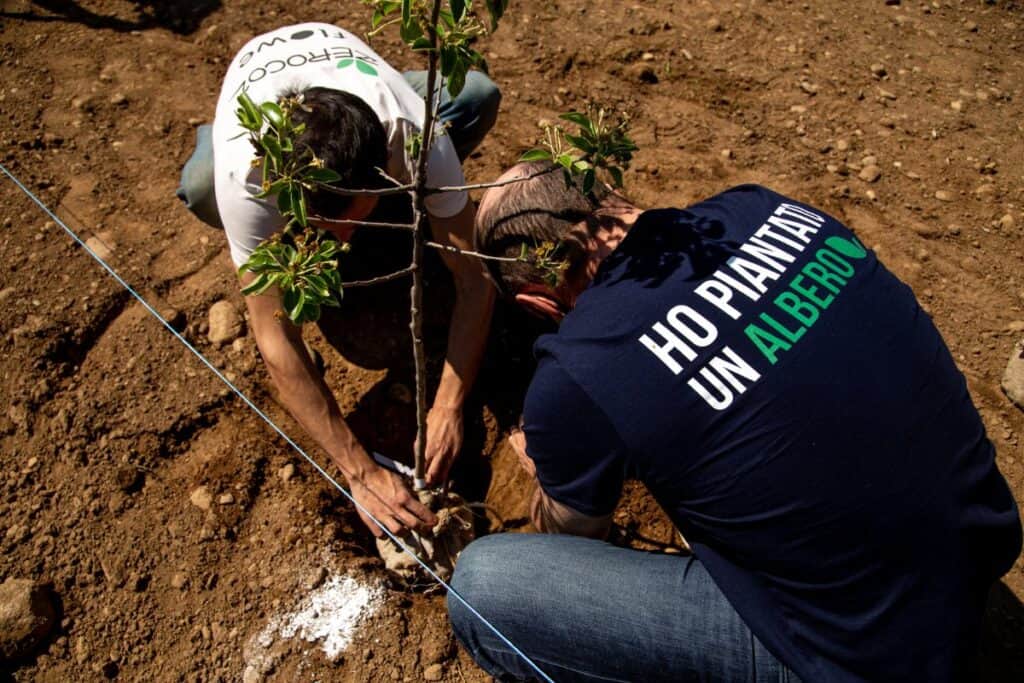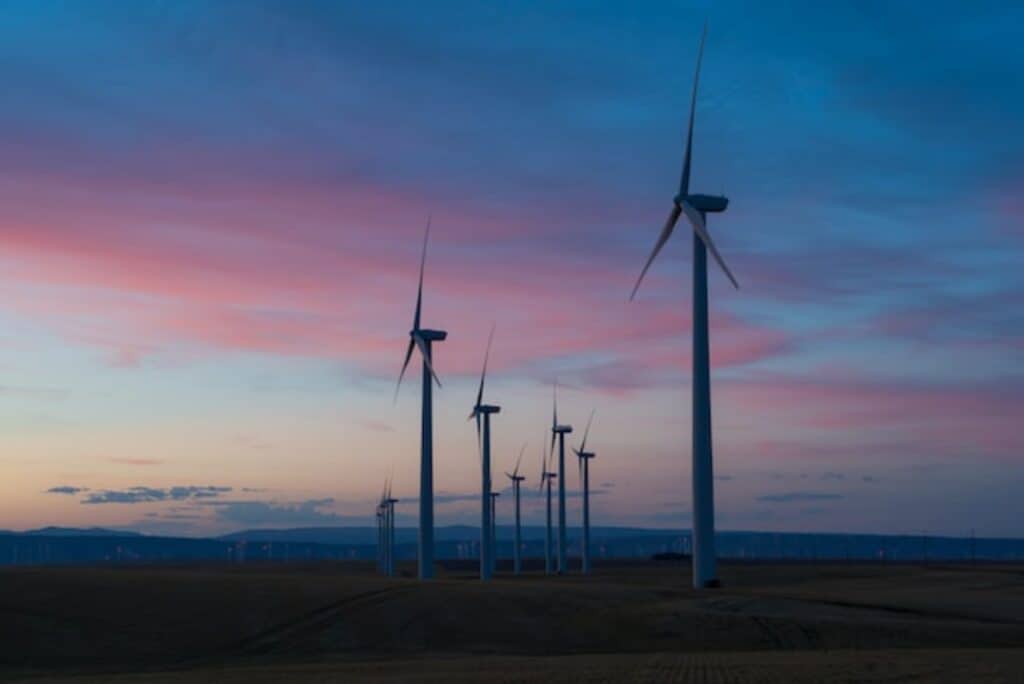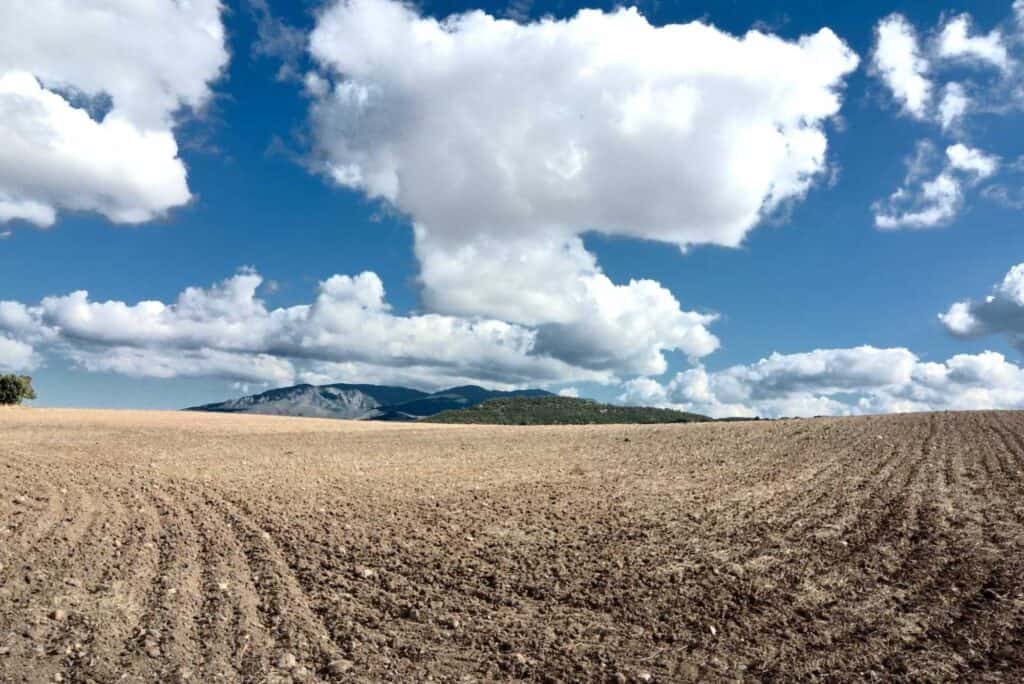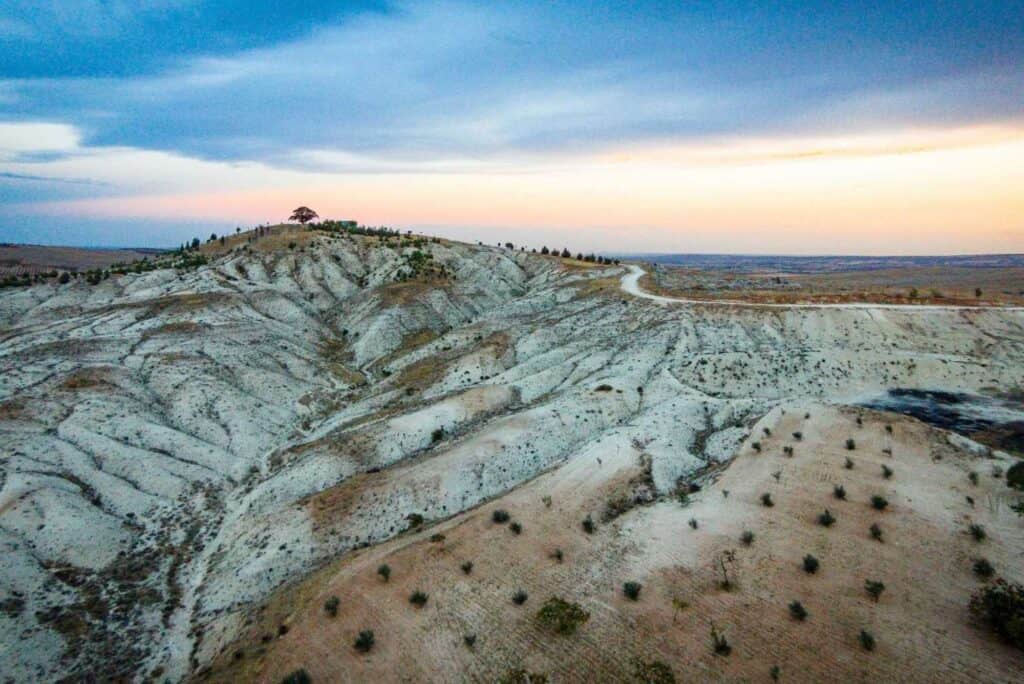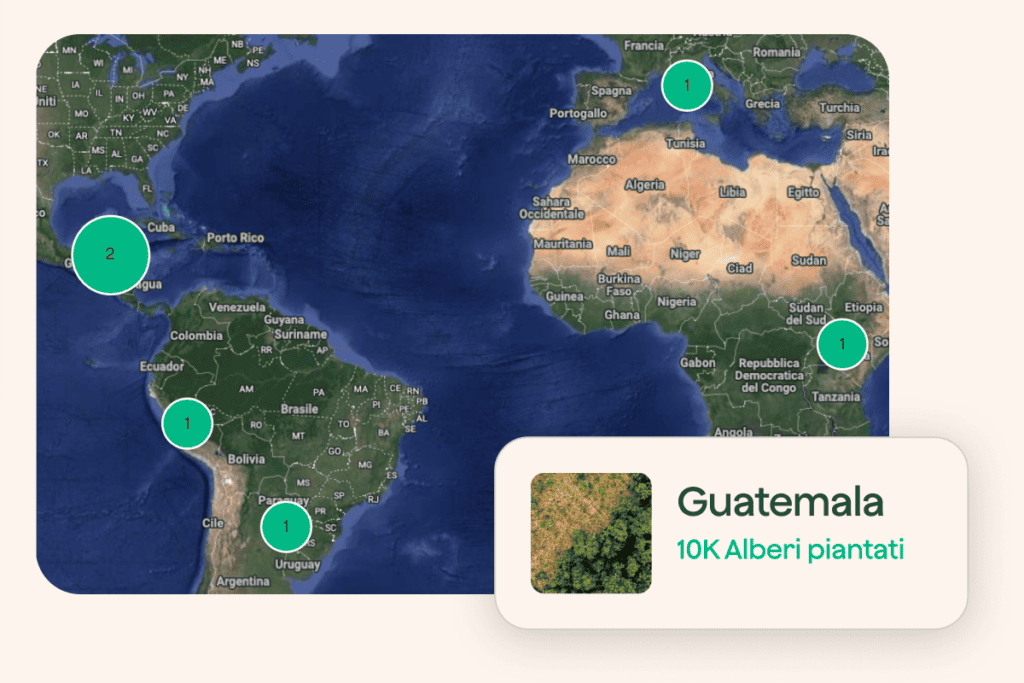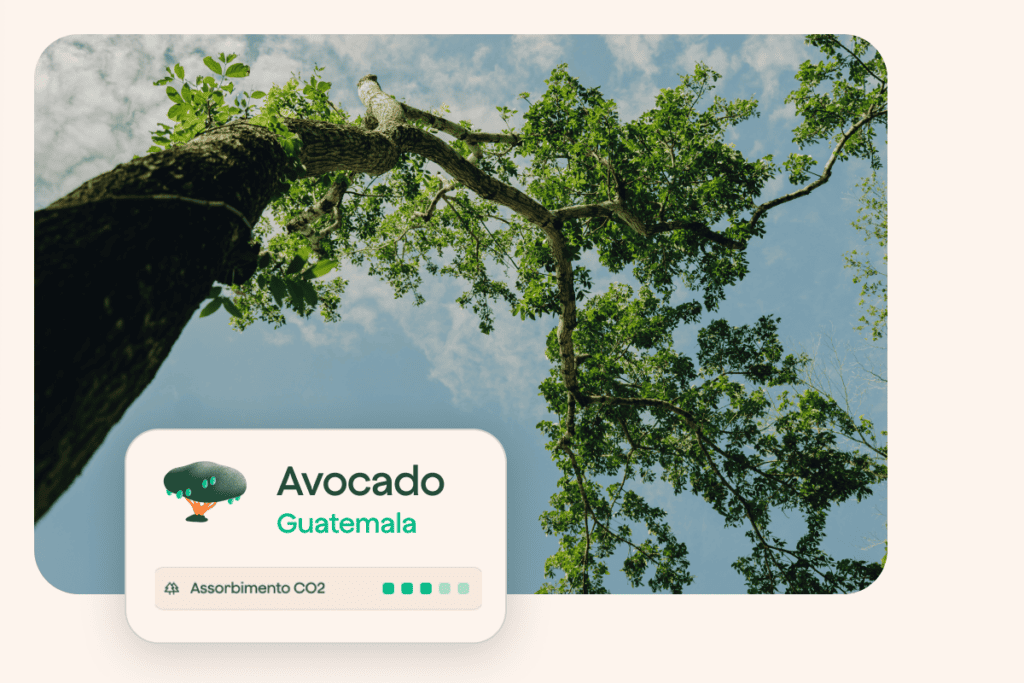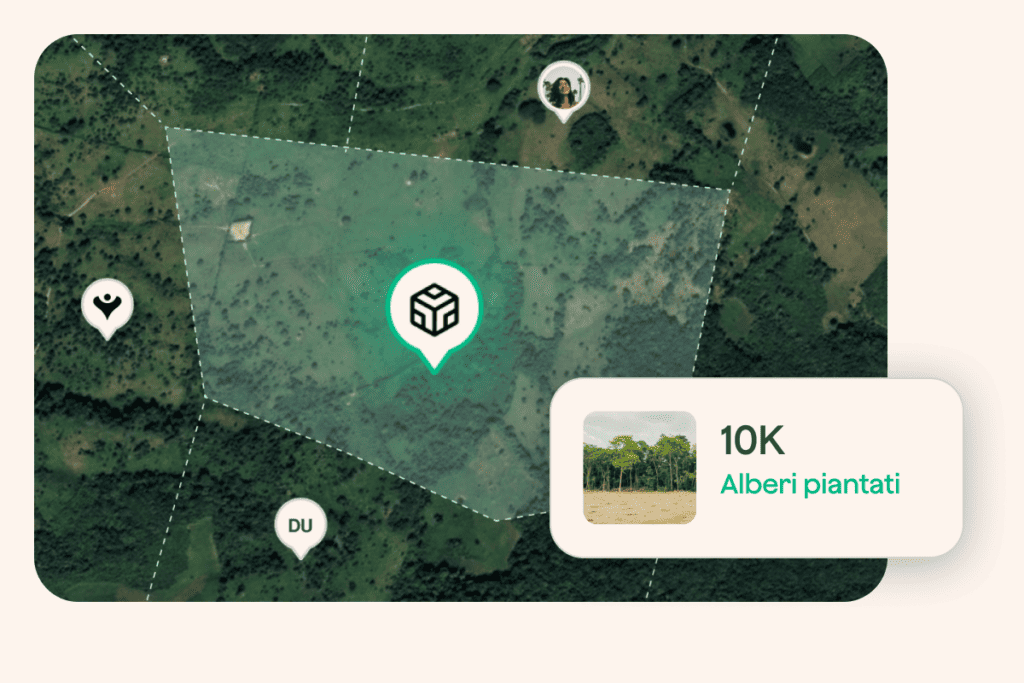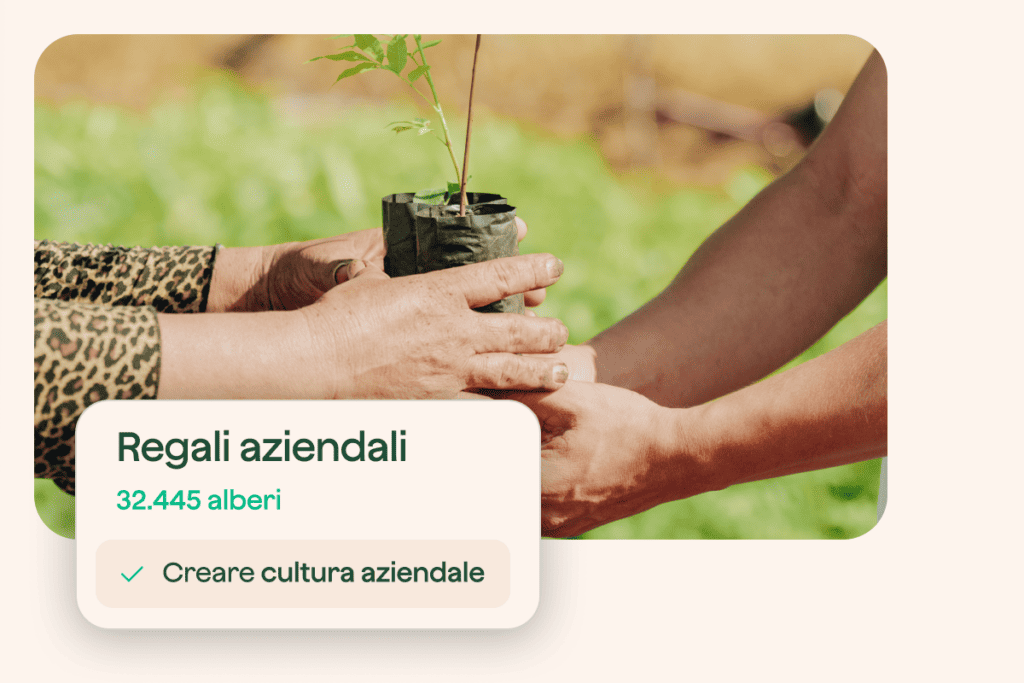Drought has been a hot topic since before the summer. We talked about the extent of this phenomenon, farmers and plants’ resistance to the water crisis caused by climate change, and possible solutions with Federico Citta, external consultant for La Piemontesina.
La Piemontesina is an agricultural kindergarten founded between 1982 and 1984 in Chivasso, in the Piedmont region and includes cultivated fields, a nursery, and a didactic farm where children learn through educational activities developed in contact with nature. zeroCO2 collaborates with La Piemontesina by providing and planting forest trees, such as poplars, and fruit trees, such as peach trees.

